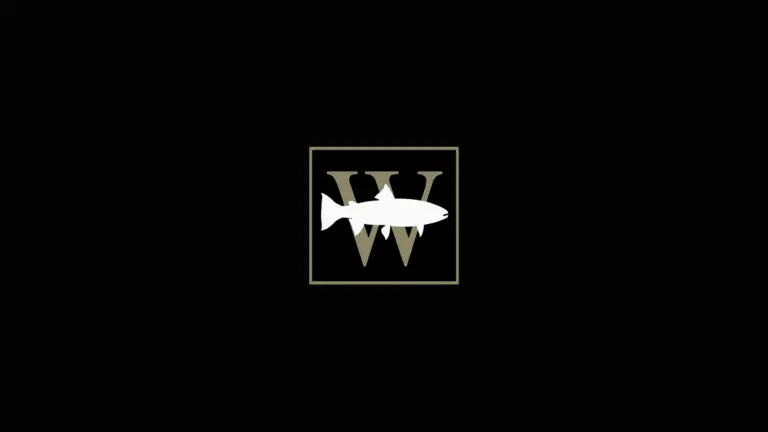
Washington water-typing maps classify stream reaches as “fish bearing” (F) or “non-fish bearing” (N). Stream reaches typed “F” receive larger protective buffers than stream reaches typed “N.” In cities and counties throughout Puget Sound, water type classification directly affects the amount of protection that streamside buffers receive through local government critical areas ordinances. Mis-classified, mis-mapped, or un-mapped stream reaches often do not receive the protection they warrant under existing regulations.

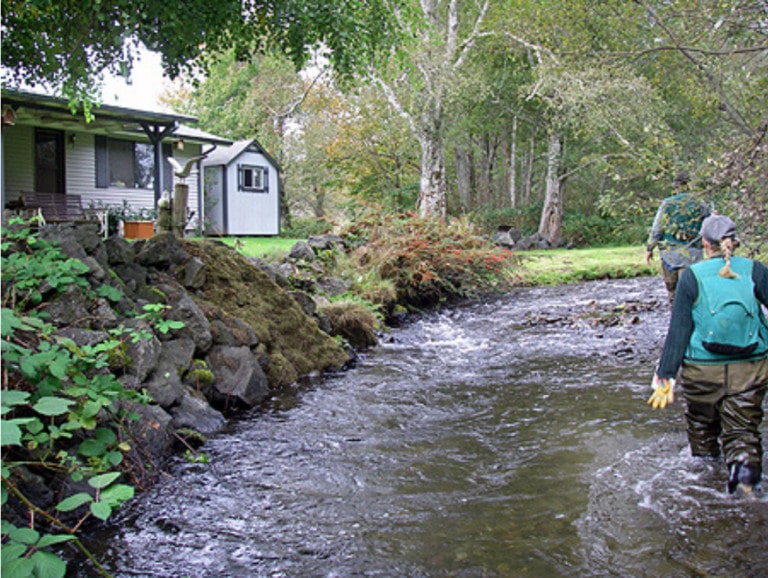
WFC conducted a rapid watershed assessment, analyzed the current status of salmon stocks, and developed a comprehensive suite of restoration actions intended to quickly improve habitat conditions for native wild fish in the Little Quilcene River basin
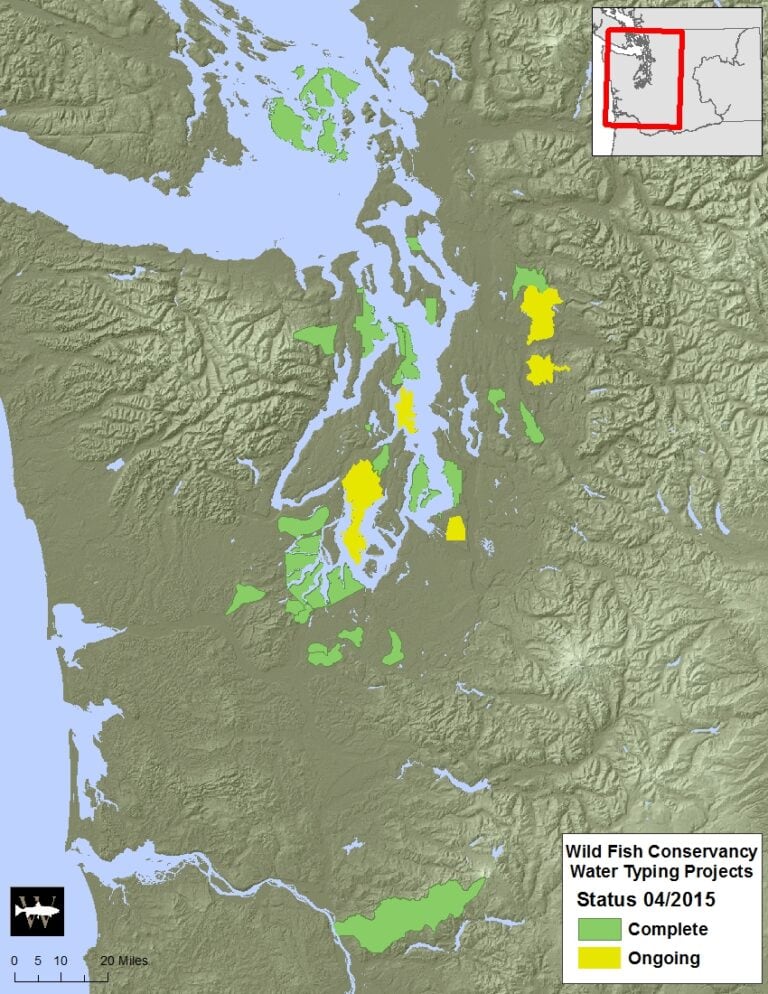
WFC ground truthed and corrected water type classifications in approx. 90 mi of streams that drain the Gig Harbor Peninsula. Additionally, WFC filled critical data gaps on ESA-listed fish species composition and distribution via field observations and through the use of environmental DNA (eDNA).
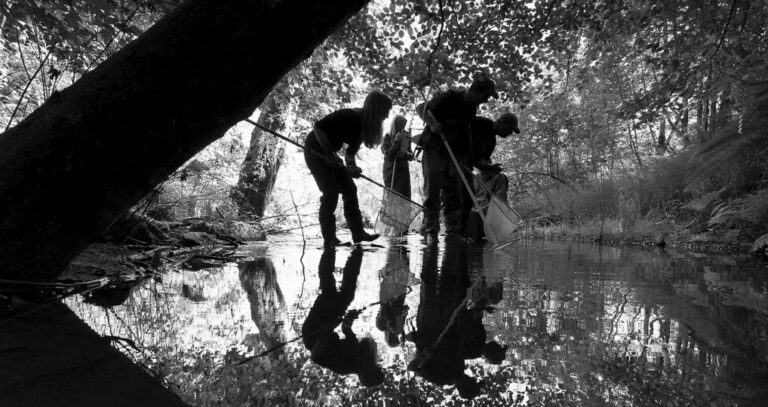
Within the SF Newaukum project area, WFC 1) Used the state sanctioned water type protocol to survey 123 miles of stream: data which will improve the regulatory maps used by state and local government agencies for planning critical areas protection and recovery efforts around streams and wetlands; and 2) Identified and prioritized habitat restoration projectswithin survey watersheds we will identified and prioritized nine fish habitat restoration projects.
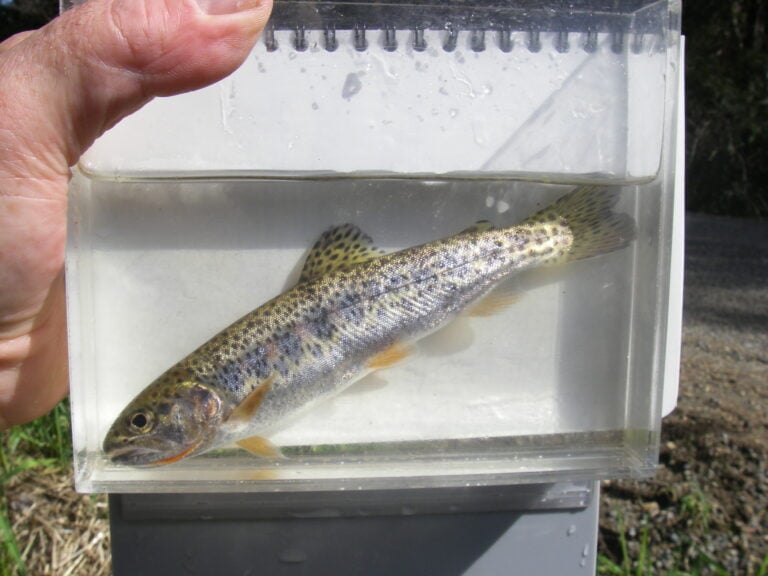
The goal of the project is to increase/improve information to help select projects that have a high certainty and benefit. The objective of the project is to determine project siting, feasibility, design, or implementation.

The goal of this project is to increase adequate flow (to the extent possible) and improve water quality and habitat for all salmonid and native fish species in the Garrison Creek watershed.
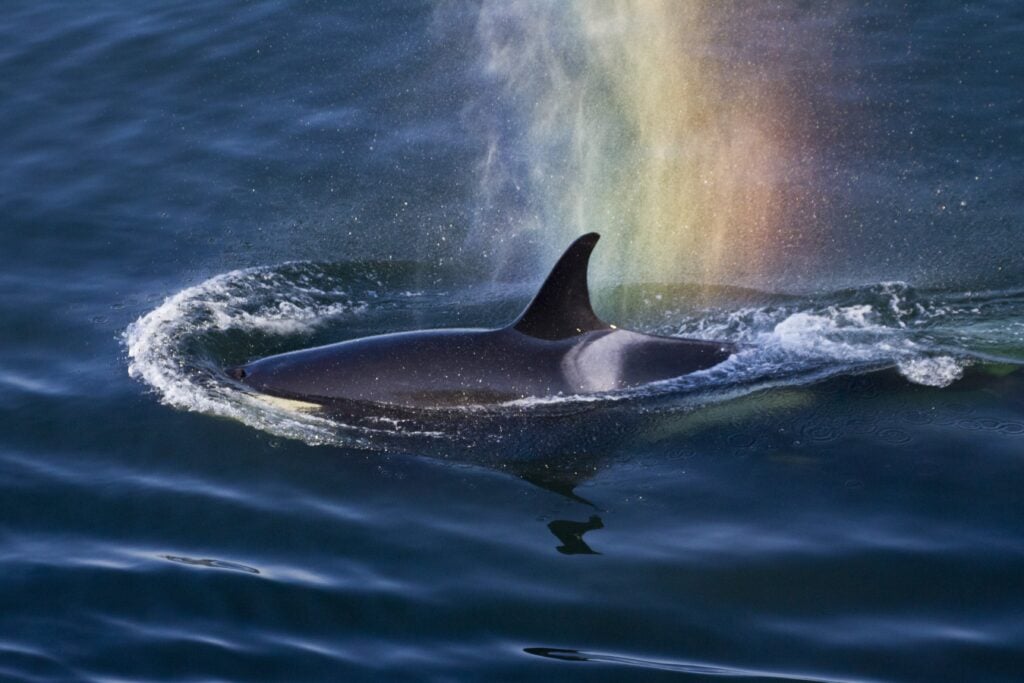
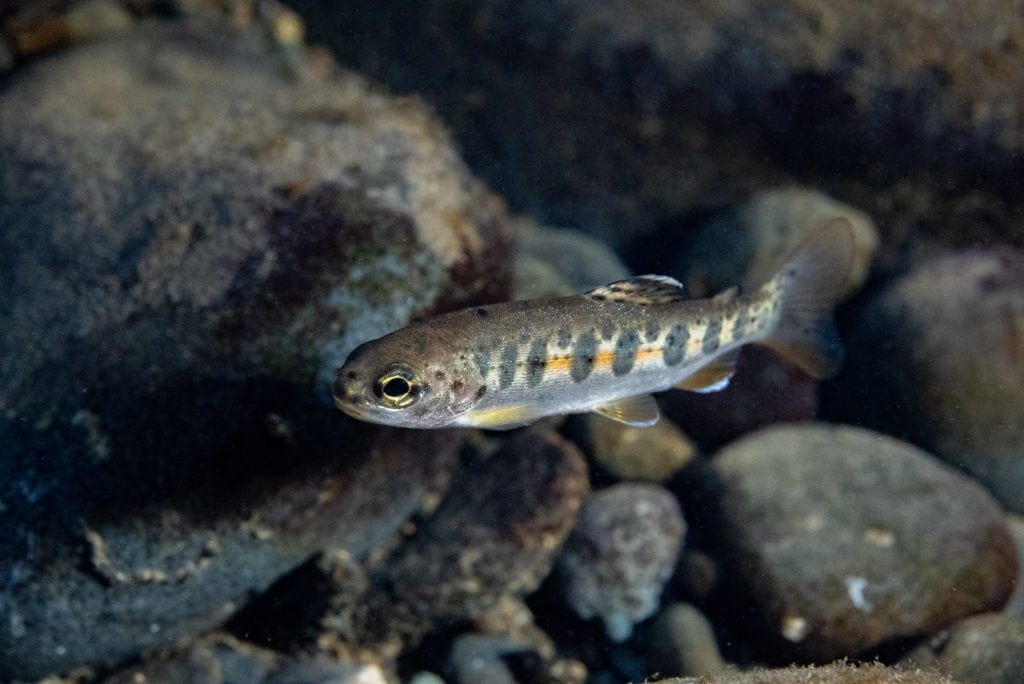
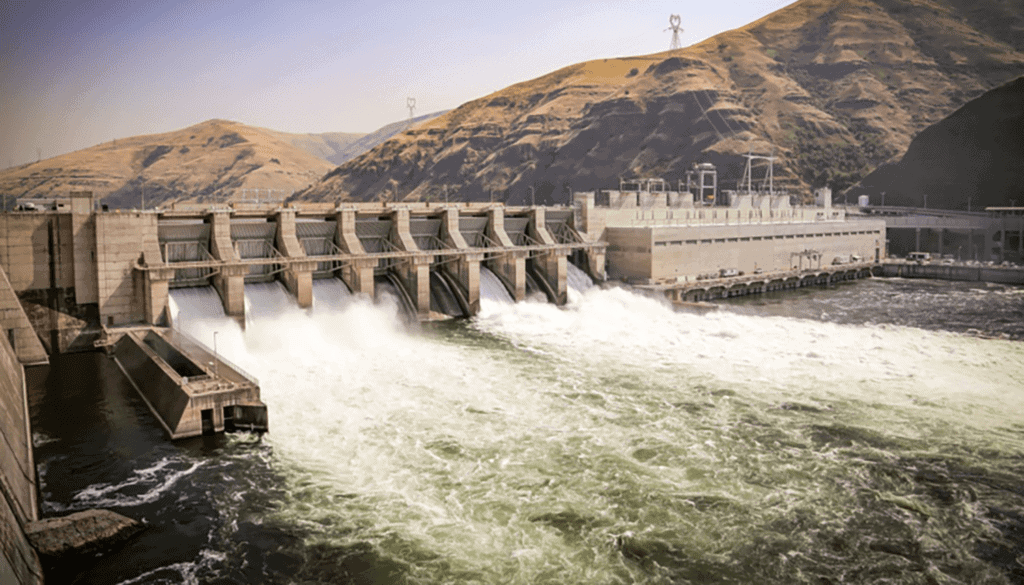
Lorem ipsum dolor sit amet, consectetur adipiscing elit.
Join our mailing list to recieve important updates on our work, the latest wild fish news, & opportunities to take action to support wild fish.
This site is protected by reCAPTCHA and the Google Privacy Policy and Terms of Service apply.
Wild Fish Conservancy is recognized as a 501(c)3 non-profit by the IRS